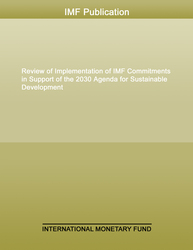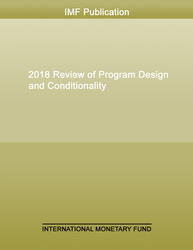
Development Committee: The Managing Director's Written Statement
Development Committee: The Managing Director's Written Statement
READ MORE...
Volume/Issue:
Volume 2025
Issue 037
Publication date: October 2025
ISBN: 9798229027410
$5.00
Add to Cart by clicking price of the language and format you'd like to purchase
Available Languages and Formats
| English |
Prices in red indicate formats that are not yet available but are forthcoming.
Topics covered in this book
This title contains information about the following subjects.
Click on a subject if you would like to see other titles with the same subjects.
Exports and Imports , Finance , Economics- Macroeconomics , Public Finance , Taxation - General , IMF support , IMF capacity development , IMF strong , IMF cd delivery , IMF surveillance , IMF paper , IMF program , Financial sector stability , Debt sustainability analysis , Global , Caribbean , Middle East and Central Asia , Sub-Saharan Africa
Also of interest
Summary
The global economy is undergoing a profound transformation, and uncertainty runs high. The outlook points to dim growth prospects, both in the short and the medium term, though with notable variations across countries and regions. Low-income developing countries (LIDCs) face specific challenges, including high debt vulnerabilities, a dearth of external financing flows, cuts to official aid, and more restrictive immigration policies. The world’s poorest economies are particularly at risk of seeing their growth momentum decelerate and their per capita income gap relative to advanced economies widen. At the current conjuncture of sweeping policy shifts, heightened uncertainty, and weak medium-term growth prospects, it is crucial to implement credible and sustainable policy actions, build resilience against shocks, safeguard macroeconomic and financial stability, and undertake structural reforms to unlock private sector-led growth. Specifically for LIDCs, strengthening capacity to mobilize domestic resources and implement growth-enhancing reforms is crucial, while, in parallel, donors should explore ways to mobilize more development assistance.
Copyright © 2010 - 2025
Powered by:
AIDC



